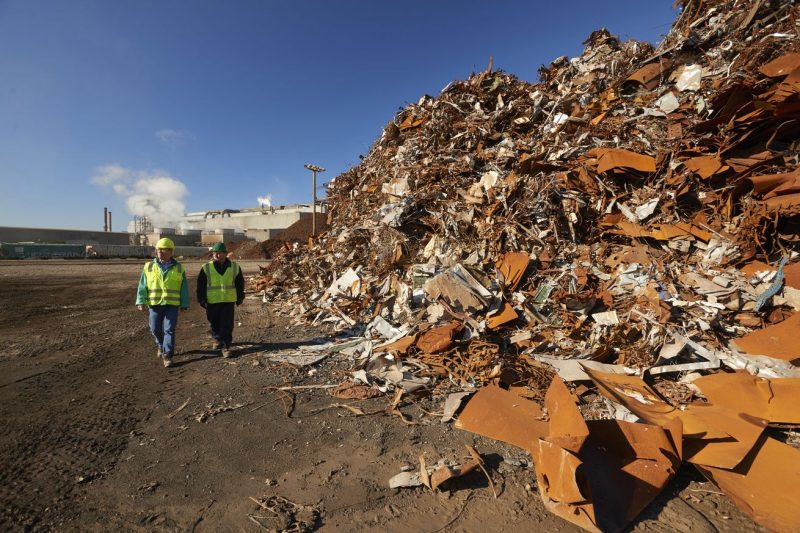
Building a Greener Future: Biden Administration’s Quest for Sustainable Construction Materials
In the quest for more sustainable construction materials, the Biden administration is taking significant steps to prioritize the use of environmentally friendly alternatives. With climate change at the forefront of global concerns, the construction industry is under pressure to reduce its carbon footprint and embrace sustainable practices. By shifting towards sustainable construction materials, the administration aims to promote efficient resource use, reduce greenhouse gas emissions, and create healthier built environments. This move aligns with the broader goal of transitioning to a more sustainable and resilient infrastructure that can withstand the challenges of the future.
One of the key areas of focus for the Biden administration is the promotion of recycled and upcycled materials in construction projects. By repurposing materials such as reclaimed wood, recycled plastic, and recycled metal, the construction industry can significantly reduce its environmental impact. These materials not only help to divert waste from landfills but also require less energy and resources to manufacture compared to virgin materials. Additionally, using recycled and upcycled materials can help drive innovation in the construction sector, leading to the development of new sustainable building practices and techniques.
Another important aspect of sustainable construction materials is their ability to improve the energy efficiency of buildings. The Biden administration is keen on promoting the use of materials that help reduce energy consumption and lower greenhouse gas emissions. For example, incorporating high-performance insulation materials, such as recycled cellulose or foam insulation, can enhance the thermal efficiency of buildings, reducing the need for heating and cooling. Likewise, utilizing sustainable materials with low embodied energy, such as bamboo or cork, can further enhance the energy performance of buildings while minimizing their environmental impact.
Furthermore, the Biden administration is advocating for the use of sustainable alternatives to traditional construction materials such as concrete and steel. These materials are known for their high carbon footprint due to the energy-intensive processes involved in their production. By encouraging the adoption of alternatives like engineered wood products, rammed earth, and hempcrete, the administration aims to reduce the construction industry’s reliance on carbon-intensive materials. These sustainable alternatives not only offer comparable performance to traditional materials but also have lower embodied carbon, making them more environmentally friendly choices for construction projects.
In conclusion, the Biden administration’s push for sustainable construction materials signals a significant shift towards more eco-friendly building practices. By prioritizing the use of recycled and upcycled materials, promoting energy-efficient building solutions, and encouraging the adoption of sustainable alternatives, the administration is laying the groundwork for a more sustainable future for the construction industry. Embracing sustainable construction materials is not only essential for mitigating the impact of climate change but also for creating healthier and more resilient built environments for future generations.
